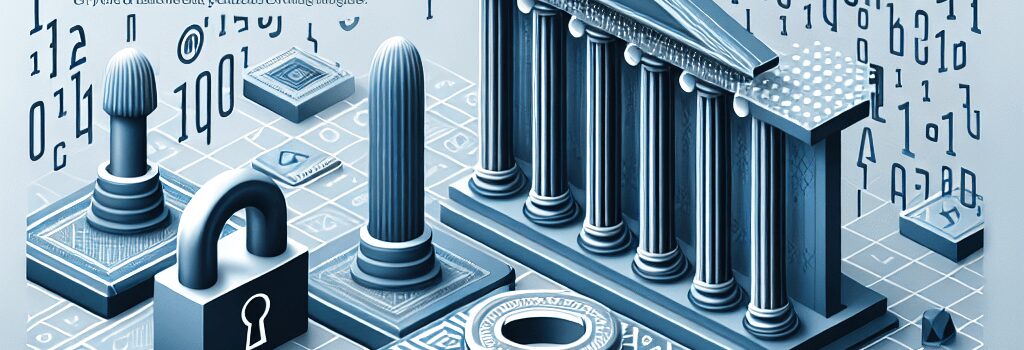Take It Down Act Threatens Encryption and Platform Integrity

Overview of the Take It Down Act
On April 28, 2025, the U.S. House of Representatives approved the Take It Down Act, a bill that mandates platforms to remove both real and AI-generated non-consensual intimate imagery (NCII) within 48 hours of a verified victim’s report. President Trump, having publicly committed to signing the legislation, has accelerated its journey to the White House. First Lady Melania Trump and a coalition of survivors-turned-advocates have championed the law’s urgency, emphasizing the explosive proliferation of revenge porn and deepfake pornography online.
Key Provisions and Mechanisms
- 48-hour takedown requirement for NCII reported by victims
- Applies to user-generated content published on social platforms, cloud services, and private messaging (subject to interpretation)
- Absence of explicit encryption exemptions for direct messages, ephemeral services, or end-to-end encrypted storage solutions
- No defined penalties for false or politicized takedown requests, raising abuse risks
Encryption Implications and Expert Concerns
Digital civil-liberties organizations, led by the Electronic Frontier Foundation (EFF), warn that the Act’s vague language may force platforms to break or weaken end-to-end encryption (E2EE) to mitigate liability. Under zero-knowledge encryption schemes, service providers cannot inspect message content without backdoors or key escrow—options that directly conflict with longstanding security best practices such as the Signal Protocol or TLS v1.3.
EFF Federal Affairs Director Maddie Daly notes: “With no carve-out for E2EE, compliance may drive providers to abandon encryption, compromising user privacy and national cybersecurity.” Industry observers echo that a shift away from E2EE would expose billions to mass surveillance, credential theft, and automated scraping.
Technical Compliance Challenges for Platforms
To meet the 48-hour removal window, platforms must upgrade or build:
- Automated AI detection pipelines using convolutional neural networks (CNNs) for image classification and facial recognition to flag NCII candidates.
- Content management systems integrated with real-time reporting APIs and distributed hash databases (e.g., PhotoDNA, perceptual hashing) to identify duplicates of reported imagery.
- Dedicated review teams with secure enclaves for handling encrypted materials, likely requiring secure hardware modules (HSMs) for key management.
- Audit logs and transparency reports conforming to standards like ISO/IEC 27001:2022 and NIST SP 800-53 Rev. 5 to document takedown actions and guard against overreach.
AI Detection, False Positives, and Over-Filtering
Machine-learning models used to detect NCII typically operate with trade-offs between precision and recall. A model tuned for high recall may flag benign or artistic imagery as non-consensual, triggering wrongful takedowns. Conversely, high-precision models risk missing novel deepfake content. According to Dr. Linh Tran, a computer vision expert at Stanford AI Lab, “Current state-of-the-art GAN-based detectors achieve around 85–90% accuracy on benchmark datasets but degrade substantially in the wild, especially on low-resolution or partially occluded images.”
Legal Outlook and Precedent
Despite swift passage, the Act is expected to face immediate constitutional challenges on First Amendment and privacy grounds. Legal scholars cite precedent from Ashcroft v. ACLU and Packingham v. North Carolina, where the Supreme Court struck down overbroad or censorship-prone statutes. Supporters argue that child sexual abuse materials (CSAM) carve-outs and existing decency laws justify the Act, but critics maintain that NCII of adults remains protected speech unless narrowly defined.
Representation from the ACLU and EFF plan to file suits in the Northern District of California, seeking injunctions on grounds of vagueness, overbreadth, and compelled speech. Industry insiders anticipate that federal courts will demand clearer statutory definitions for “publication,” “distribution,” and “non-consensual.”
International and Standards-Based Perspectives
In the European Union, the Digital Services Act (DSA) requires a more nuanced risk-based approach to illegal content, with explicit exemptions for encryption and stringent oversight of automated filters. Experts suggest U.S. lawmakers could harmonize with DSA principles, adopting independent oversight, impact assessments, and safeguards for E2EE.
Organizations like the Internet Engineering Task Force (IETF) and the Global Network Initiative (GNI) recommend standardized reporting formats (e.g., JSON-LD schemas for takedown notices) and enforce “due process” protocols to protect user rights while enabling victim redress.
Conclusion and Next Steps
While the Take It Down Act marks a legislative milestone in combating NCII and revenge porn, its rushed draft and lack of precise technical safeguards threaten encryption architecture, user privacy, and free expression. As platforms scramble to architect compliance systems—balancing machine-learning filters, human reviewers, and cryptographic protections—legal battles loom. Industry stakeholders and civil-liberties advocates alike call for targeted amendments, encryption carve-outs, and transparent enforcement mechanisms to ensure the Act protects victims without collateral damage to digital security and civil rights.